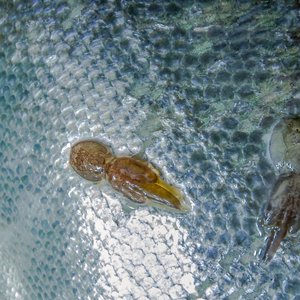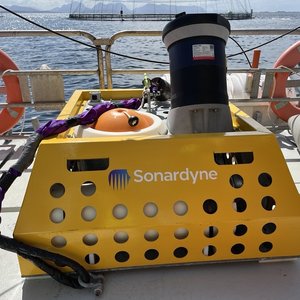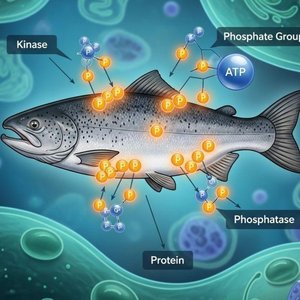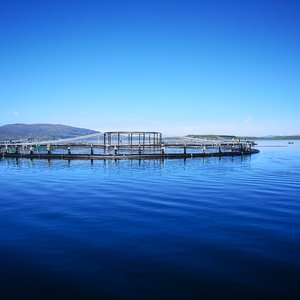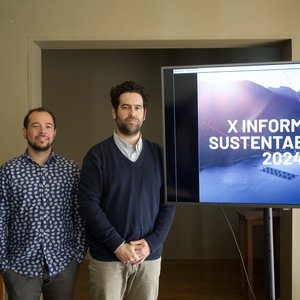A study published by the Centre for Research and Fisheries and Environmental Advice (Ideapesca) warns that \"Peruvian anchovy is at its worst\", as a result of a decrease in the biomass because of the depredation of the resource and the impact of El Niño phenomenon.
The study highlights that in the best time of this fishery it was possible to catch more than 10 million tonnes per year, but the figure gradually decreased. Thus, between 2001 and 2009, catches of 7 million tonnes per year were recorded, and from 2010, the annual harvest was reduced to only 4 million tonnes.
According to Ideapesca, studies indicate that this decline is due to several factors, such as \"predation, the cumulative effect of El Niño phenomenon, global warming and acidification of the sea, which would be reducing the productivity of the Peruvian sea irreversibly\", El Correo reported.
Ideapesca’s study points out that due to a worrying decrease in the resource, the Peruvian Institute of the Sea (IMARPE) issued a report in 2013 recommending that the spawning biomass, to ensure a sustainable renewal of the stock, should be over 6 million tonnes, but lower values, never below 4 million tonnes, could be managed.
However, it suggests that under pressure from the industry, the last fishing seasons were authorized despite the fact that the conditions for the fishing seasons were not optimal.
In its study, Ideapesca points out that due to the critical situation of the fishing, at present, many of the 882 vessels with authorization are paralyzed and those that are not, only capture a quarter of their hold capacity.
Source: FIS // Original Article




